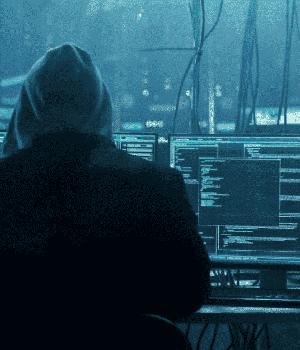Security News > 2002 > December > Guam typhoon tests IT readiness, disaster recovery

http://www.computerworld.com/securitytopics/security/recovery/story/0,10801,76559,00.html By PATRICK THIBODEAU DECEMBER 10, 2002 Computerworld A devastating and powerful supertyphoon struck Guam on Sunday, severely testing IT contingency plans for managers who have made survival on the remote island an art. Typhoon Pongsona, which reportedly had winds gusting to 180 miles per hour, left the island without power and water and with limited telephone and Internet services. "It's the worst [typhoon] we have ever had -- the damage here is incredible," said Wolf Hofer, the IT manager at Deloitte & Touche LLP's Guam office. Tourist buses, huge shipping containers and cars were flipped over and scattered on roadways. Windows of expensive hotels were blown out. Large antennas were snapped in half. The high winds also toppled many of the island's massive, steel-reinforced concrete utility poles that were supposedly typhoon-proof. "There is power only where there are generators," said Rudy Villaverde, systems manager at the University of Guam's computer center. He said his computers are up and running, but he can't supply information. "Communications are almost dead," he said. President Bush yesterday declared the island a disaster area, making it eligible for federal assistance. One death has been attributed to the storm. Guam may be one of the toughest places in the world to operate a computer network. Despite its year-round sun, lush tropical landscape, soaring mountains and beautiful beaches, it's in the direct path of some of world's most fearsome storms. It also experiences earthquakes on a regular basis, including a quake measuring 8.1 on the Richter scale in 1993. Computer systems are typically housed in protected areas, shielded from the elements. These systems are designed to withstand the island's natural rigors, and good backup and contingency planning is a fact of life for IT managers there. Indeed, when Hofer returned to his office yesterday morning after the storm, his system was up, running on generator power. WorldCom Inc., which provides some of the cable connections that link Guam to the outside world, was ready to go as soon as the local telephone provider re-energized its lines, said Hofer. But the typhoon has crippled services over which IT managers have little control. Electrical service could be out for some time. A smaller typhoon, Chataan, which struck July 5-6, left some areas of the island without power for a month. Compounding the local difficulties is a massive fire at the fuel supply depot at Apra Harbor. Power is "going to be the big problem," said Hofer. Until electricity is restored, his company's power supply will depend on someone hauling over 45-gallon drums of diesel fuel. Tony Das, managing director of Startec+PCI, a cellular and Internet service provider, said it may be weeks before power is restored. "I told my chief engineer here to make sure the generator is in good enough condition to last at least two months if necessary," he said. Startec maintained its connectivity with the island's two main cable stations and is supplying Internet services to its customers who still have working lines. For those who can't connect from their homes or offices, Das said he plans to set up computers and telephones at his offices and invite customers to use them. The forecast failed to give much warning on Pongsona, and residents originally believed it would miss the island. Instead, the storm's eyewall ran up the island's east side, passing over the northern part of Guam. The island is a seven-hour flight from Hawaii and is located in a time zone with a 14-hour time difference from the East Coast. The devastation from this storm is being compared to Pamela in 1976 and Karen in 1962 -- two supertyphoons that that hit with sustained winds of more than 150 miles per hour. A 1997 typhoon, Paka, also caused considerable damage. The government has not yet completed an assessment of the storm's damage and cost, but it will be expensive. "This is viewed as probably one of the worst storms [to hit the island] in the last 25 years," said Leland Bettis, a Guam official based in Washington. "The people can take a lot, the island can take a lot," said Ester Kiaaina, chief of staff of Guam's U.S. delegate, Robert Underwood. But "I think the people are just heartbroken," he added. The American Red Cross is accepting donations to help with the recovery through its disaster relief fund. Editor's note: While in the Navy in the mid-1970s, Thibodeau worked at the U.S. Fleet Weather Central, Guam. - ISN is currently hosted by Attrition.org To unsubscribe email majordomo () attrition org with 'unsubscribe isn' in the BODY of the mail.
News URL
http://www.computerworld.com/securitytopics/security/recovery/story/0,10801,76559,00.html